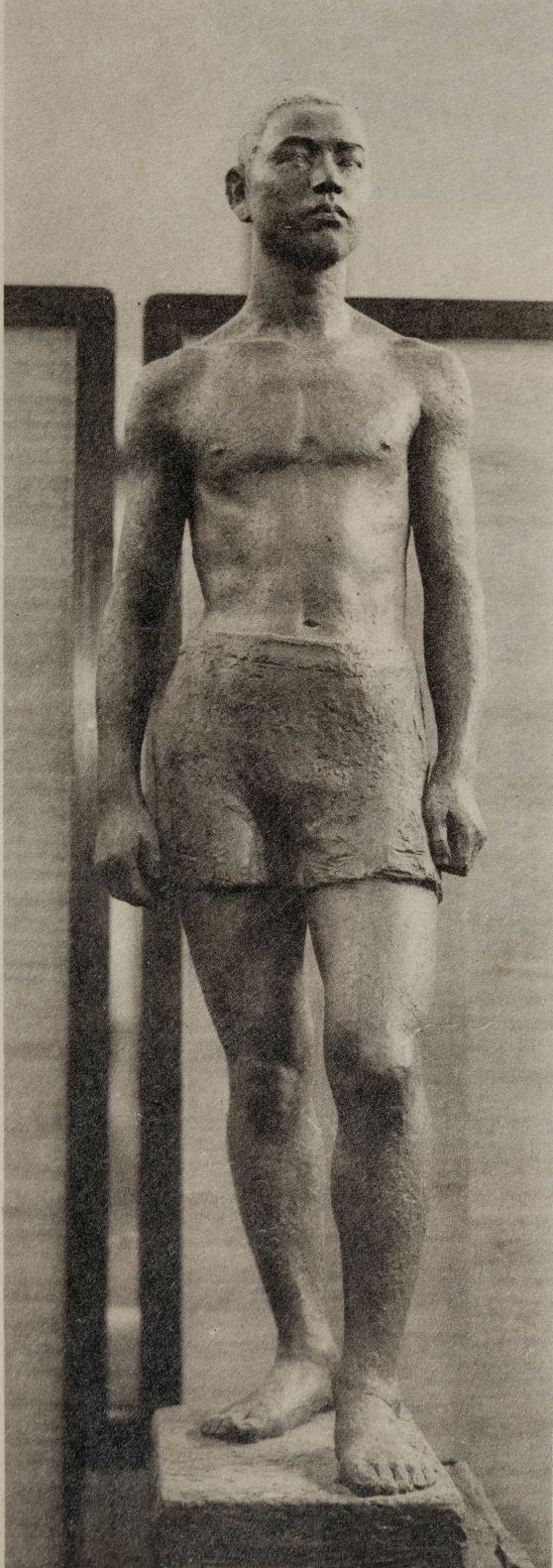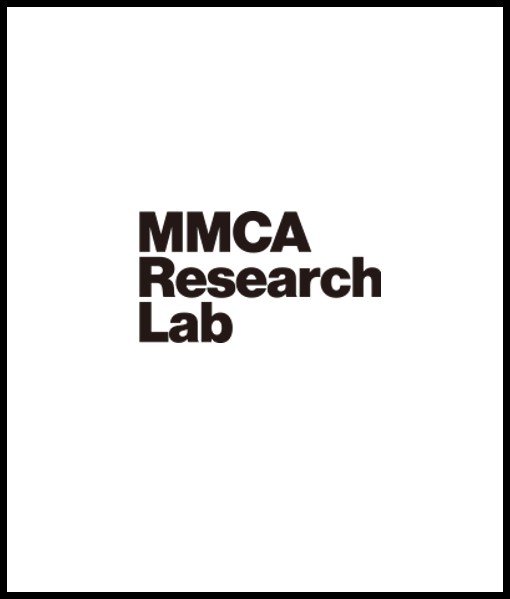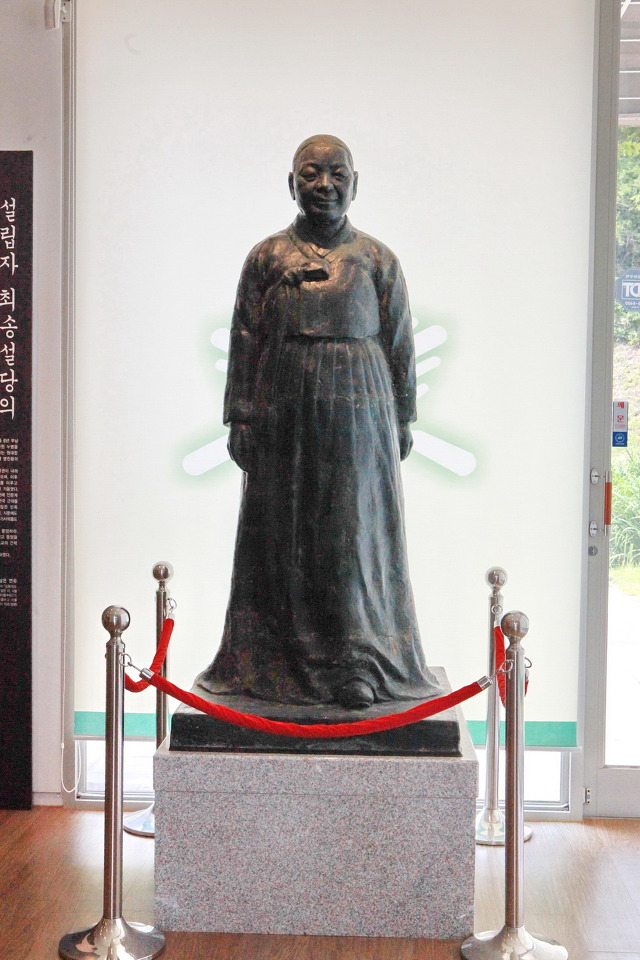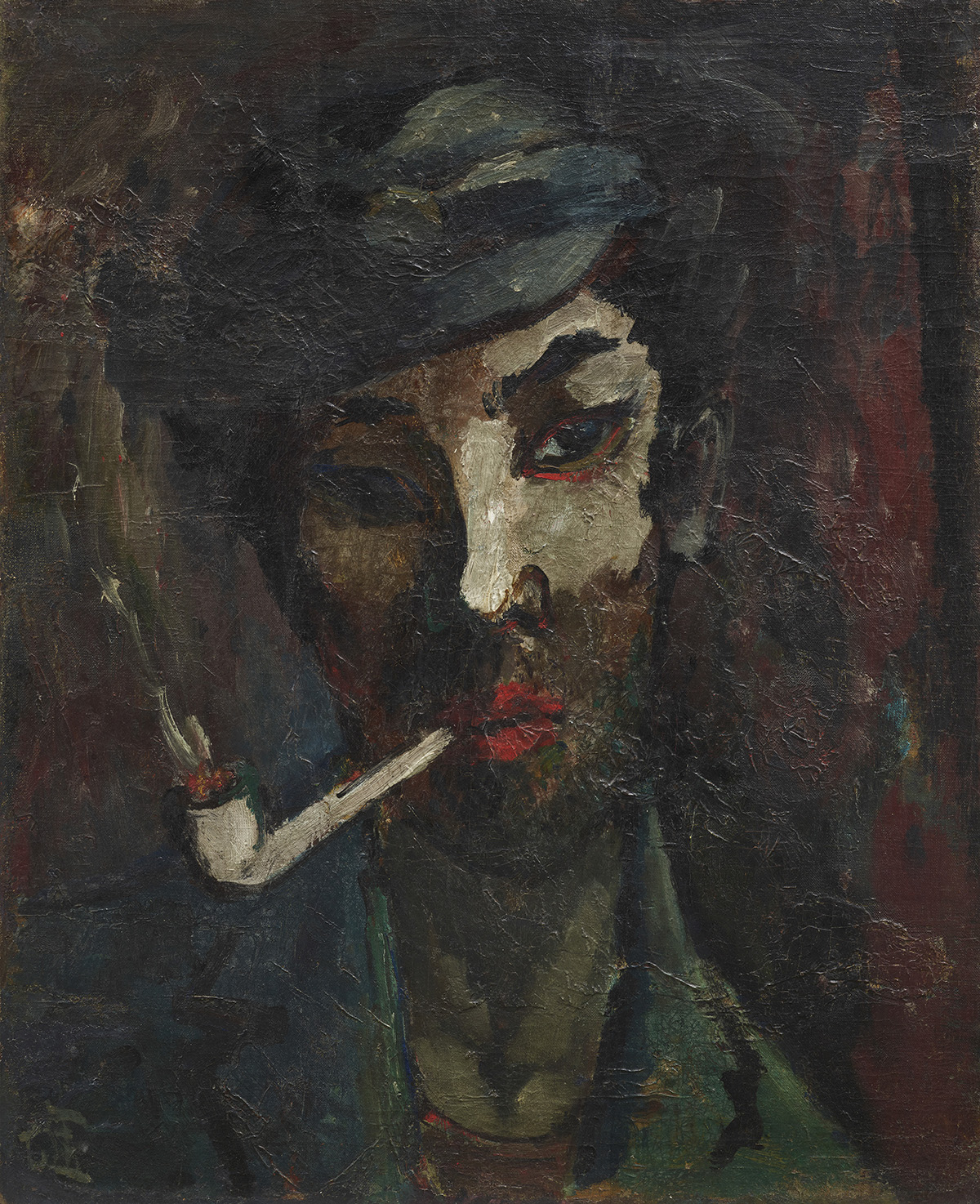
Kim Bokjin, The Boy, Reshoot for the nineteenth Joseon Art Exhibition
Kim Bokjin
* Source: Multilingual Glossary of Korean Art. Korea Arts Management Service
Related
-

Welded sculpture
A welded sculpture is an art work created through the welding of different structural and material metal elements. Within Western art welded sculptures rose to fashion during World War II and the immediate post-war period, and this style of work was introduced to Korea in the 1950s, with many influential pieces debuting at the National Art Exhibition (Gukjeon) in 1957. These Korean welded sculptures often expressively attempted to highlight the materiality of metal, and dealt with the painful recent history of war and anxiety over contemporary Korean society, expressing political and social rage. The emergence of the experimental art and escape from Art Informel in the late 1960s encouraged artists to search for new and different styles, and welded sculpture as an art genre gradually disappeared. Song Youngsu, Oh Jong-uk, Park Chongbae, and Park Suk-won are representative artists in this welded sculpture genre.
-

Korean Proletarian Fine Art Federation
An organization established in 1945 that was aligned with socialist ideology. The name of the federation was changed to Puromimaeng shortly after its establishment, before being again changed to the Korean Art Alliance (Joseon misul dongmaeng). The alliance promoted proletarian art and advertised its work on the streets and at factories, and it also criticized the beliefs and lack of principles of the Korean Art Construction Headquarters (Joseon misul geonseol bonbu), the largest art organization at the time. The alliance followed a clear political ideology and aesthetic, and following the dissolution of the Korean Art Construction Headquarters (Joseon misul geonseol bonbu), it absorbed many of the formers’ artists into its ranks. Its membership, however, lacked influence in the art community, and as a result the alliance was ineffectual and disbanded in 1948.
Find More
-

Yun Hyojoong
Yun Hyojoong (1917-1967, pen name Buljae) was born in Jangdan, Gyeonggi-do. He learned sculpture from Kim Bokjin and graduated from the department of sculpture at Tokyo School of Fine Arts. In the 1940s, his work Purification was selected for the 2600th Anniversary Celebration Art Exhibition and The Earth was selected for the Joseon Art Exhibition [Joseon misul jeollamhoe]. His pro-Japanese works, such as Senninbari (1943) and Sound of the Bow String (1944), won special prizes at the Joseon Art Exhibition. In 1945, he became a founding member of the Association of Joseon Sculpture and an associate professor at the newly established department of sculpture at Hongik University in 1949. In organisational rather than creative terms he significantly contributed to the development of post-war Korean art as an administrator and educator by serving as a vice chairman of the Great Korean Art Association. His early works were mainly wooden body statues based on realism. He created the Admiral Yi Sun-sin Statue in Jinhae city where Naval Base Command located during the Korean war. In the 1950s, he actively participated in the National Art Exhibition (Gukjeon), and mainly focused on the creation of statues of political figures, such as the Min Yeonghwan Statue and the Syngman Rhee Statue. He is recognised as a sculptor who combined local materials with modern formal influences, and his works are defined by qualities such as precise proportion, dynamic movement, and sophisticated technique.
-

Gu Bonung
Gu Bonung (1906-1953, pen name Seosan) was born in Seoul. He started his education in drawing at Gyeongsin Highschool. He learned sculpture from Kim Bokjin of Goryeo Art Studio [Goryeo misulwon] and then won an award for Self-Portrait at the 6th Joseon Art Exhibition [Joseon misul jeollamhoe] in 1927. He attended Kawabata University Painting School in 1928 and studied at the Department of Aesthetics at Nihon University before graduating from the Taiheiyo Art School in 1933. He was selected for the Nikakai art exhibition in 1930. After returning to Korea, he participated in minor artists groups and non-govermental art associations, such as Mogilhoe Association and the White Savages Group, instead of applying to the Joseon Art Exhibition. In his essay “Theory: War and Artist” (Maeil Sinbo (Korean Daily News), 1940.7.9.), he was accused of a Pro-Japanese bias after he encouraged artists to serve the Japanese empire. Immediately after independence, he worked as an editor of fine art in the Ministry of Culture and Education of the U.S. Army Military Government in Korea (USAMGIK) in Korea and was a part-time employee of the Seoul Sinmunsa Newspaper Press in 1949. His paintings illustrated a powerful decadent style based on a dissenting spirit and Fauvist Expressionism. In the mid-1930s, he began focusing on Oriental style oil painting.






